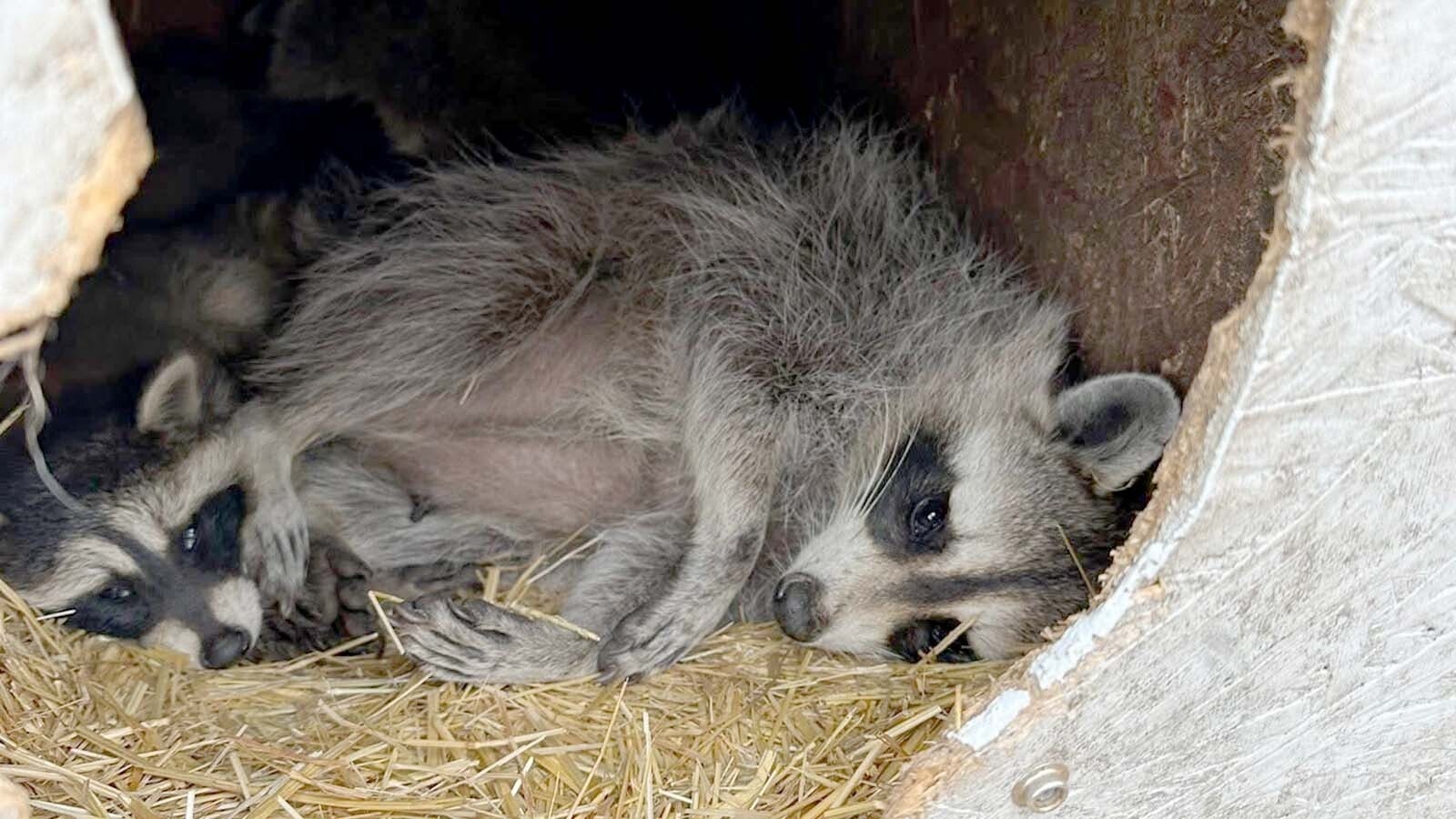Authorities in Yellowstone National Park announced Wednesday they have prosecuted the man responsible to intervening with wildlife in the park earlier this month, resulting in the death of a newborn bison.
Clifford Walters of Hawaii pleaded guilty to one count of intentionally disturbing wildlife on Wednesday before U.S. Magistrate Judge Stephanie A. Hambrick. Walters was charged a $500 fine, a $500 community service payment to Yellowstone Forever Wildlife Protection Fund, a $30 special assessment and a $10 processing fee.
The sentencing was a result of an incident May 20 when Walters approached a struggling newborn bison calf in Lamar Valley near the confluence of the Lamar River and Soda Butte Creek. The calf had been separated from its mother when the herd crossed the Lamar River.
As the calf struggled, the man pushed the calf up from the river and onto the roadway.
Visitors later observed the calf walk up to and follow cars and people. Park rangers tried repeatedly to reunite the calf with the herd, but their efforts were unsuccessful.
An Unhappy Ending
The calf was later euthanized by park staff because it was abandoned by the herd and causing a hazardous situation by approaching cars and people along the roadway.
Park officials said they do not believe Walters acted maliciously. He was well-intentioned, but simply did not fully grasp the wild nature and dynamics of the park, and the ultimate consequences of his actions.
Yellowstone National Park reminds the public that approaching wild animals can drastically affect their wellbeing and, in this case, their survival.
Park regulations require that people stay at least 25 yards away from all wildlife (including bison, elk and deer) and at least 100 yards from bears and wolves. Disregarding these regulations can result in fines, injury and even death.
The safety of these animals, as well as human safety, depends on everyone using good judgment and following the rules, according to park rangers.

Park Explains Its Position
In the aftermath of the incident, several concerned readers reached out to Cowboy State Daily asking for more details, many questioning why park rangers elected to euthanize the baby bison rather than try harder to return it to its mother, or at least rehome it in a wildlife sanctuary.
“Federal and state regulations prohibit the transport of bison out of Yellowstone unless those bison are going to meat processing or scientific research facilities,” park officials stated.
Many restrictions center around the fear of brucellosis and other diseases that may be spread to domestic livestock.
In addition, Yellowstone says it is a park like no other — a pristine habitat where nature is allowed to take its course.
“It's important to understand that national parks are very different than animal sanctuaries or zoos. We made the choice we did not because we are lazy, uncaring, or inexpert in our understanding of bison biology,” park officials said. “We made the choice we did because national parks preserve natural processes.
“Every day in national parks, some animals die so that others may live. In fact, as many as 25% of the bison calves born this spring will die, but those deaths will benefit other animals by feeding everything from bears and wolves to birds and insects. Allowing this cycle of life to play out aligns most closely with the stewardship responsibility entrusted to us by the American people.”
In the specific case of the bison calf left abandoned by its mother, rangers did not like the way it was behaving around people. Its life was likely not going to be a long one, and it was putting the safety of people in question.
“Unfortunately, the calf's behavior on roads and around people was hazardous, so rangers had to intervene; but the calf's body was left on the landscape,” Yellowstone said in a statement.
Contact Jake Nichols at Jake@CowboyStateDaily.com





